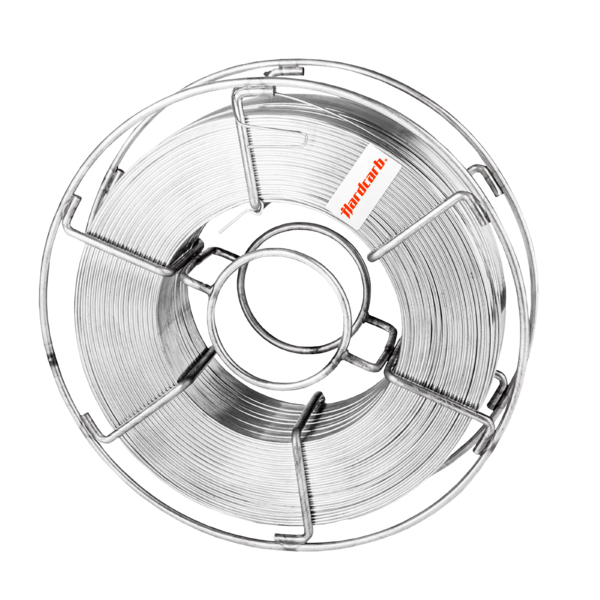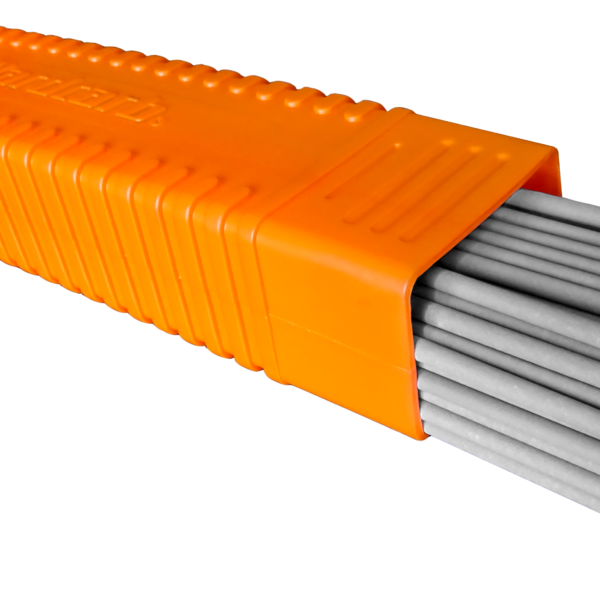Hardcarb 5006


The most commonly used cobalt alloy, having excellent resistance to many forms of mechanical and chemical degradation over a wide temperature range. Particular attributes are its outstanding anti-galling properties, high temperature hardness and a high resistance to cavitation erosion; which result in its wide use as a valve seat material.
Weld deposit characteristics:
The deposit is a cobalt base alloy of austenitic-ledeburitic structure with embedded CrW carbides. The weld metal is highly resistant to corrosion, impact, abrasive wear as well as thermal shocks and heavy mechanical impact. Excellent gliding characteristics, good to polish, non-magnetic.
Machinable with tungsten carbide tools or by grinding.
Recommended uses and applications
Typical applications:
» hardfacing of valves, valve seats and sealing surfaces
» hot shear blades and hot pressing tools
» pulp digester
» plastic extrusion screws
» pumps for high-temperature liquids
» coke pusher shoes
Additional info
Anti-wear suitability
| Metal-to-Metal friction Metal surfaces in relative motion forced into contact with or without lubricant. Degradation by the formation of micro-welds between the contacting surfaces. | Suitable |
| High pressure abrasion Wear by relative movement under pressure of mineral particles of suitable hardness, shape and texture to remove material from the metal surface, leaving superficial deformation. | - |
| Cavitation Tearing out of grains from the metal surface by the formation and implosion of bubbles in a liquid in rapid motion. | - |
| Mechanical fatigue Fatigue and formation of cracks in surface regions due to tribological stress cycles that result in the separation of material. | - |
| Thermal fatigue Cyclic exposure to high temperatures leading to permanent deformation by alternate expansion and contraction. Alteration of the structure and properties of the material. | - |
| Hot oxidation Creation of a poorly adhering oxide layer that reforms constantly. Degradation by loss of material thickness. | Highly suitable |
Workability
| Work hardening Work hardening is the process of making a metal harder and stronger through plastic deformation. When a metal is plastically deformed, dislocations move and additional dislocations are generated. | |
| Edge retention Suitability for creating sharp edges and retaining them during operation. | |
| Machining Machinability is the ease with which a metal can be cut (machined) permitting the removal of the material with a satisfactory finish at low cost. | Suitable using carbide tools. |